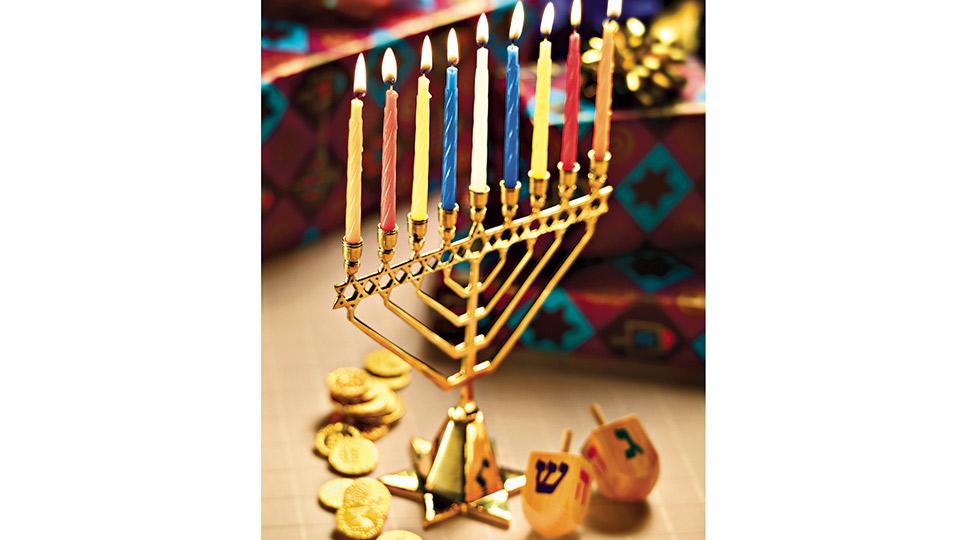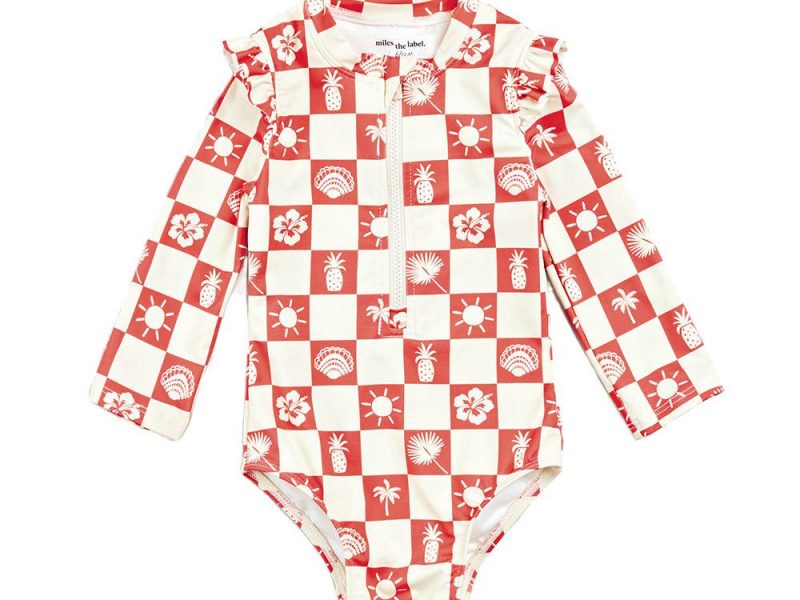
Traditions Associated with Chanukah Celebrations
Come December, the holiday season has hit full swing. Celebrants of various faiths and backgrounds participate in holiday celebrations, which are unique to each faith.
Although Chanukah is a relatively minor holiday on the Jewish religious calendar, it has enjoyed a greater share of fanfare in recent years. That popularity is perhaps due to the proximity of Chanukah to another major December celebration featuring a bearded fellow in a red suit. Chanukah isn’t mandated by the Torah and isn’t even mentioned in the Hebrew Bible. Rather, it was created by the ancient rabbis.
Judaism is one of the world’s oldest and most influential religions. World Population Review estimates there were approximately 15.2 million Jews worldwide in 2021. Many likely will participate in Chanukah celebrations. Chanukah begins on the 25th day of Kislev each year. In 2023, Chanukah begins at sundown on December 7 and ends on the evening of Friday, Dec. 15. Here are some Chanukah traditions.
Lighting the menorah
Participants will light a special nine-pronged menorah, sometimes called a hanukkiah. It is practice to light one candle per night to recall the miracle of the sacred lamp oil that lasted for eight days during the rededication of the Temple. The ninth candle (shammash) is used to light the others. Lighting the menorah has been a primary ritual for at least 1,800 years. Lit menorahs are placed in prominent locations, including front windows in homes.
Playing dreidel
There are various stories about the origins of the dreidel, but historians say the first mention in Jewish writings did not occur until the 18th century. The four sides of the dreidel are marked with different letters, which in German are G “ganz” (all), H “halb” (half), N “nischt” (nothing) and S “schict” (put). This dictates whether the player who spun the dreidel gets all, half, or nothing in the collective coin pot, or has to put in his own. Yiddish is quite similar to German, and the letters on the dreidel also correspond to the first letters of the Yiddish phrase “nes gadol haya sham,” which translates to “a great miracle happened here,” a reference to the Chanukah miracle.
Time at home
Unlike other Jewish holidays, Chanukah is celebrated primarily at home rather than in a synagogue. This means that family time is a big component of Chanukah celebrations, which include singing songs, praying, and cooking foods.
Fried dishes
Eating dishes cooked in oil is another commemoration of the miracle of the oil. Potato pancakes called latkes and jelly doughnuts may be served during Chanukah celebrations.
Giving gelt and gifts
Gelt was the gift of coin that would be given out to independent workers come Chanukah as an end-of-year gratuity. Later it became a way to offer small tokens to children. Today’s gelt is typically discs of chocolate wrapped in foil to resemble coins.
Many families also give gifts during Chanukah, particularly on the sixth night. But Chanukah gift-giving generally is not to the extent of gift-giving in other religions. Gifts may be monetary but also can include gifts of time.
– Metro Creative







